
1969 Tatsumi Hijikata

1974 Adding a Hand to Scenery


1981 HORIZON

1981 HELIOGRAPHY

1982 OPTICAL LANDSCAPE

1983 THE SUN LONGING FOR THE SEA

1990 Cherry Tree

2001 Cherry Blossoms
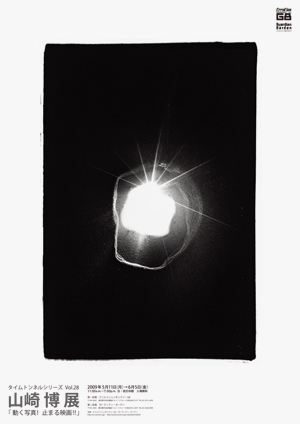
Time Tunnel Series Vol.28
Time Tunnel Series Vol. 28
Hiroshi Yamazaki Exhibition: “Moving Photos! Static Films!!”
DATES : Mon. May 11 – Fri. June 5, 2009
HOURS : 11:00 a.m. – 7:00 p.m. Closed Sundays and holidays. Admission free.
The “Time Tunnel” series of exhibitions spotlight the early years of designers who currently rank among the renowned leaders of their craft. For this 28th exhibition in the series, we requested the participation of photographer Hiroshi Yamazaki.
Hiroshi Yamazaki began his career as a photographer at the age of 23, in 1969. Initially he did photo shoots for stage productions and magazines, but he gradually lost interest in photography in which photographed subjects themselves assert how they want to be shot, and also in the act of hunting for things to photograph.
And so, Yamazaki began photographing the scenes that unfold outside the windows of his home. Framing his photos in the actual window frame, he explores the medium of photos that come into view by simplifying his method. When a vapor trail appears in the window frame, which always stays the same, the concept of time is etched there, and Yamazaki ascertains that photographs can be found in the circumstances that are presented.
In “HELIOGRAPHY,” Yamazaki’s representative work in which he used long exposures to shoot the sun and ocean—his subjects chosen as “the most primitive forms existing on Earth”—he depicted the path of the sun, a world invisible to the naked eye. Yamazaki also shoots cherry blossoms, objects that have special meaning for the Japanese people. Cherry blossoms photographed with the sun serving as catalyst brilliantly betray the preconceived notion of what cherry blossoms are supposed to be. In addition to his photography work, Yamazaki also continues to shoot films, and these realms influence each other, elevating both to unique heights in thought and expression.
The works of Yamazaki, who believes that the smallest elements that constitute a photograph are the axes of light and time, sometimes give the impression of being inscrutable. Yet what underlies his photos is his conviction that “simple is best”; using a camera as his tool, he has sought to “photograph” by a method no one has ever attempted, resulting in the creation of new expressions.
This exhibition will introduce Hiroshi Yamazaki’s photographs and films from his early works (1969-1974) up to the present, with a focus on his representative work “HELIOGRAPHY” as well as “HORIZON” and “Cherry Tree.”
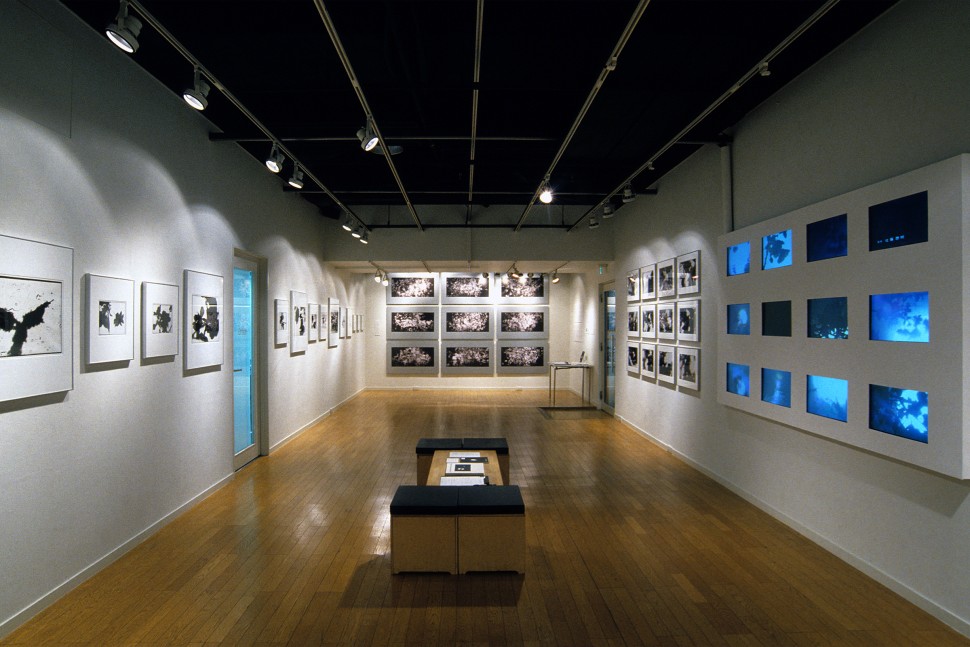
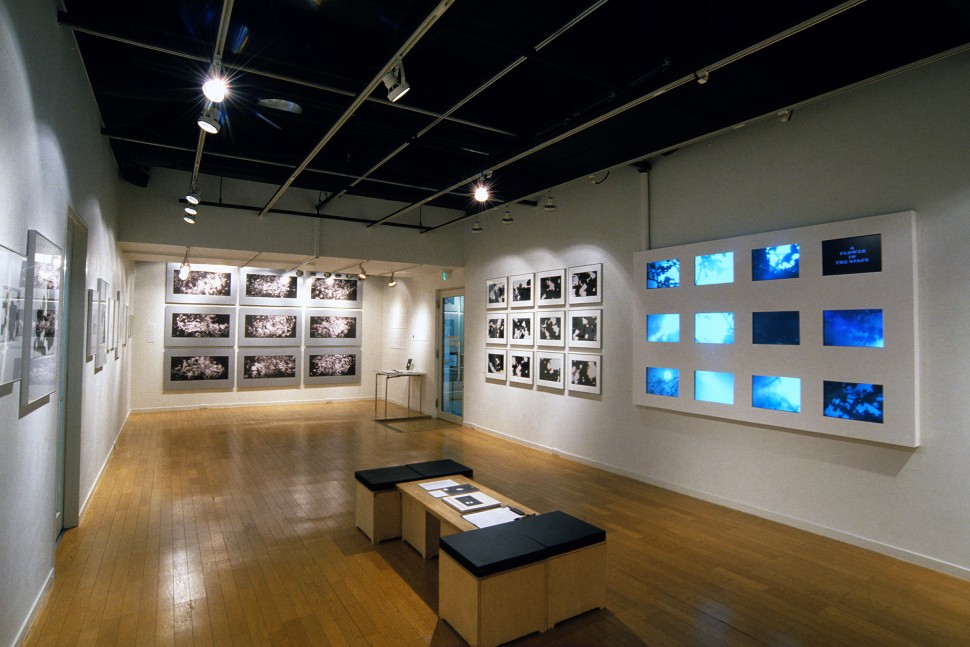

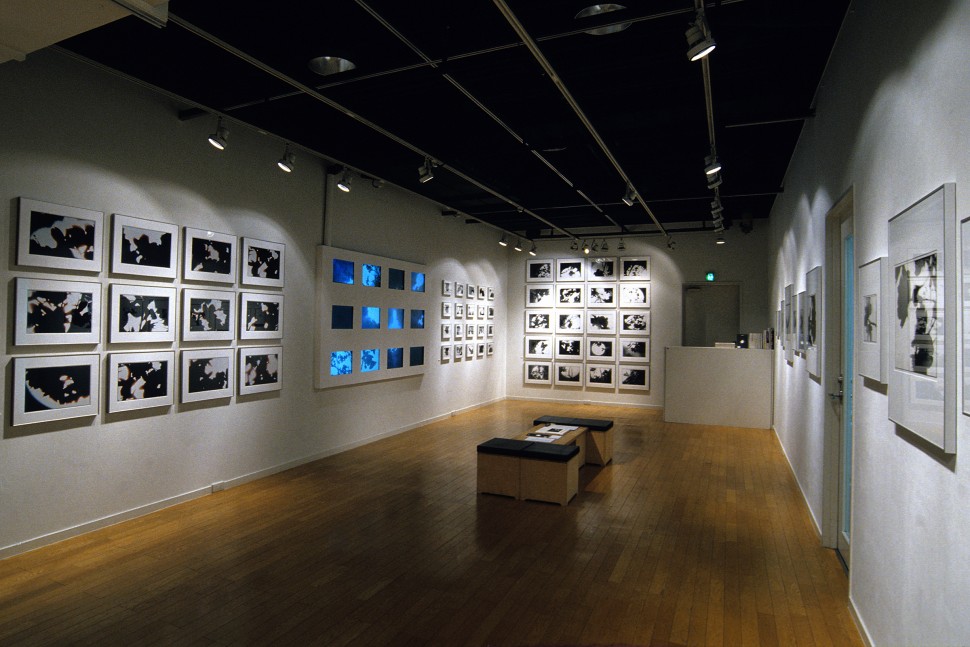
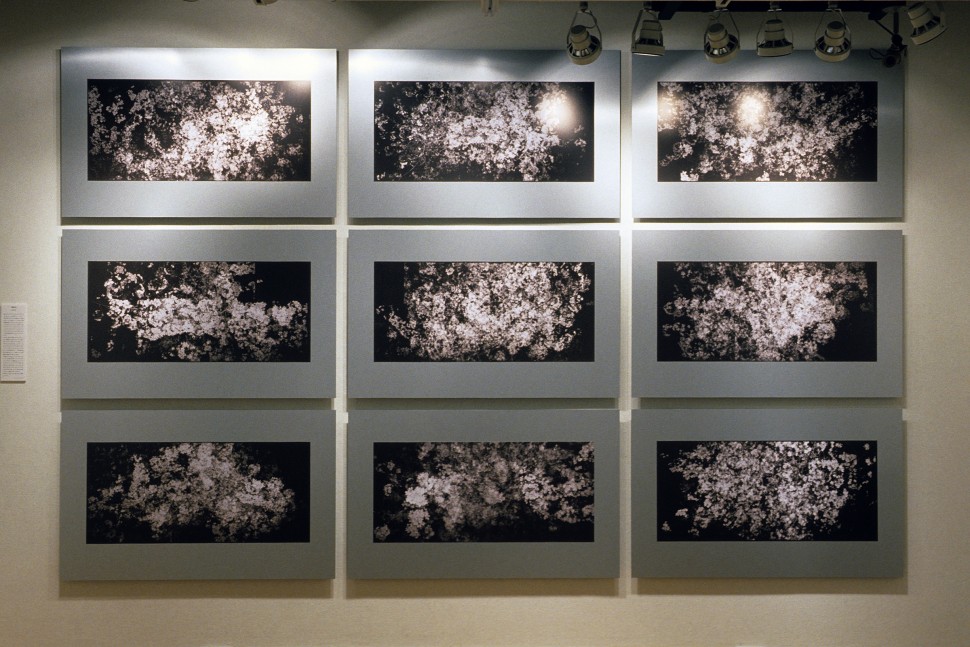
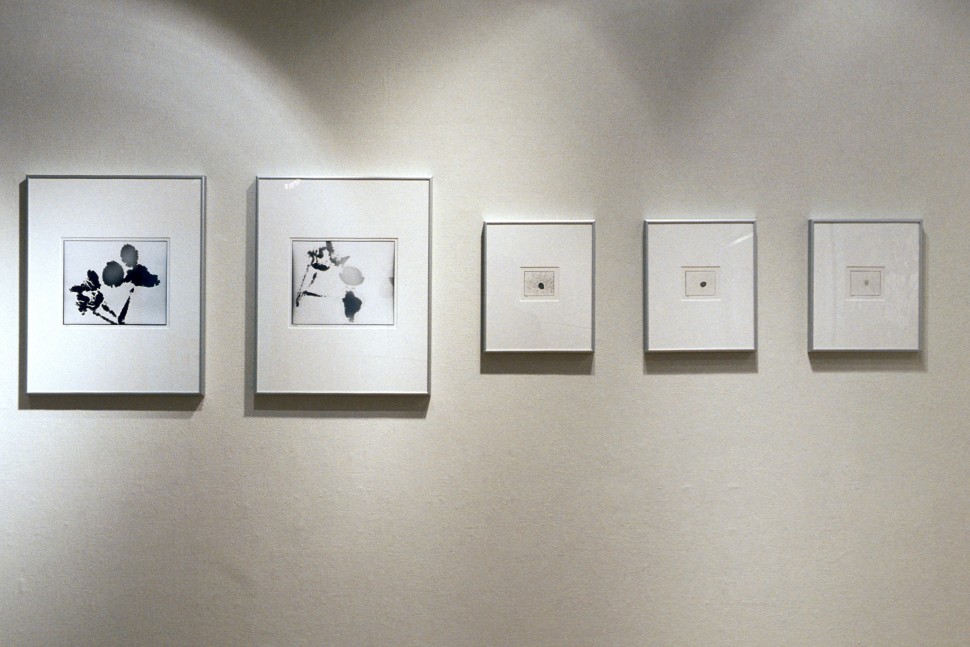
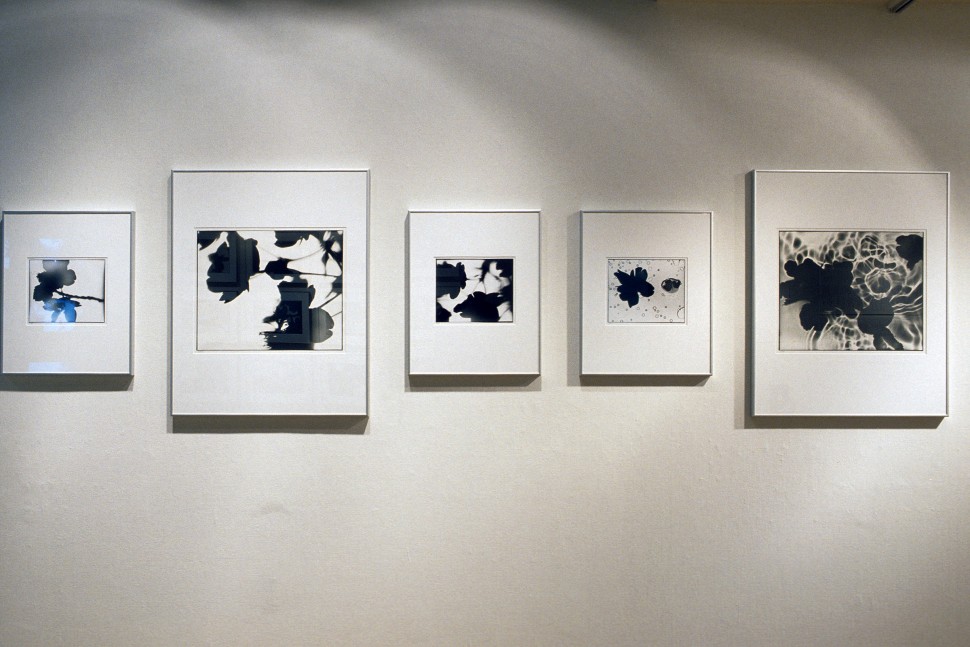
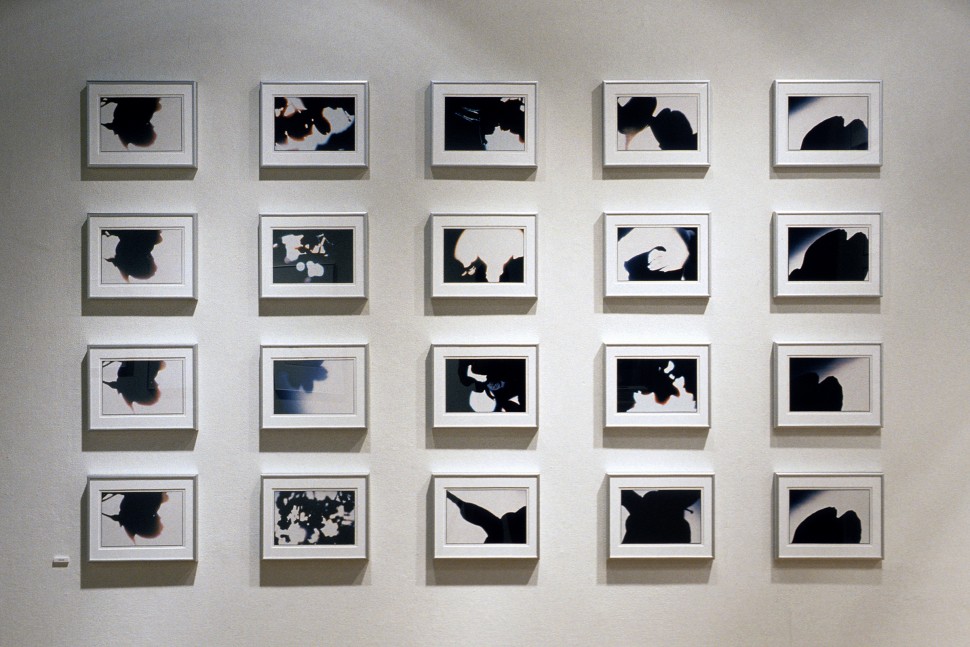
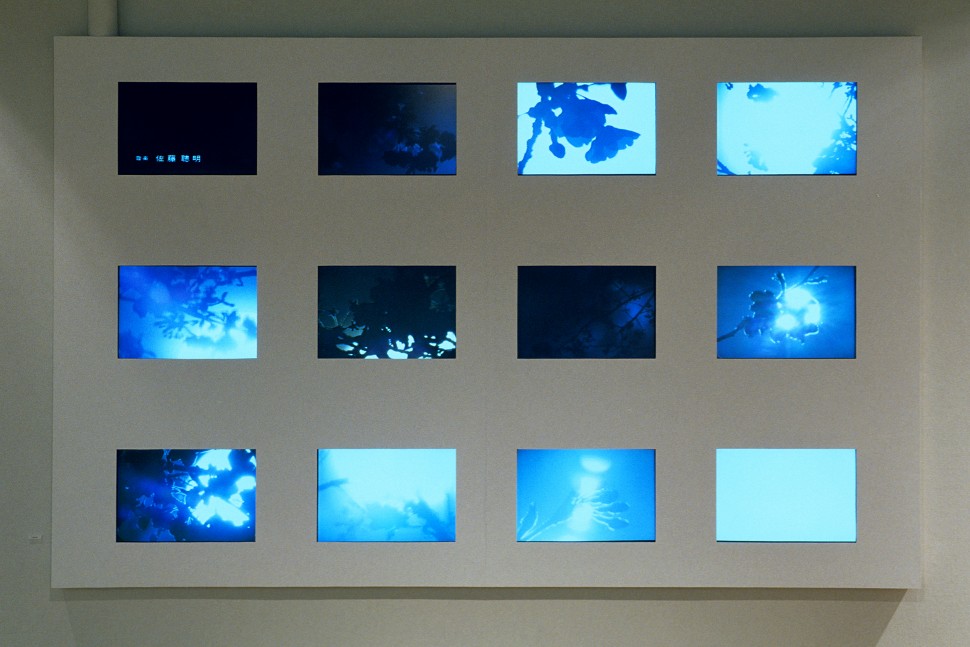
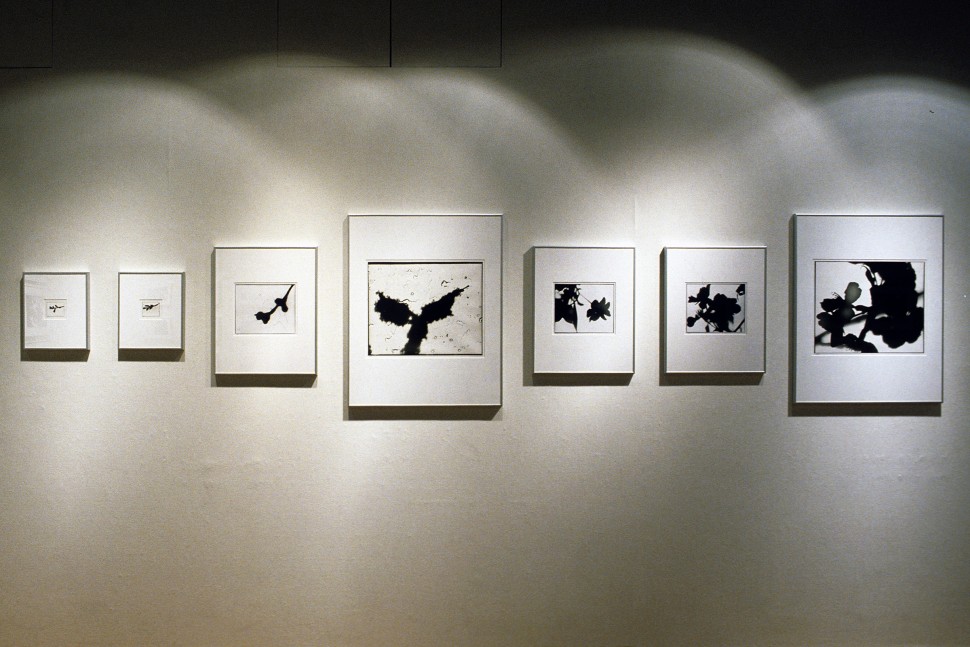
PREV
NEXT
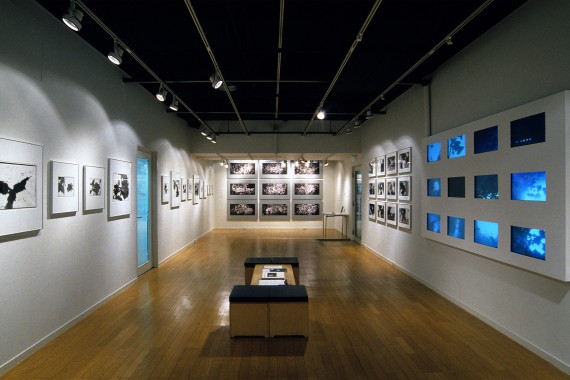
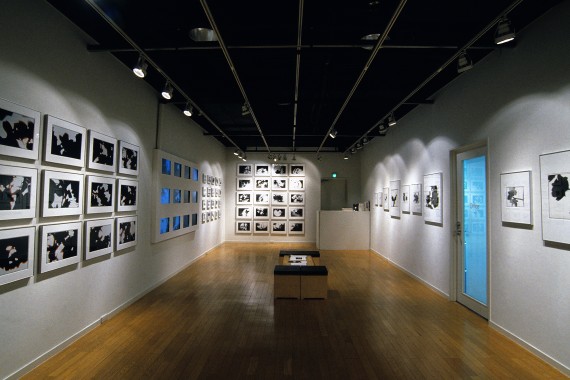
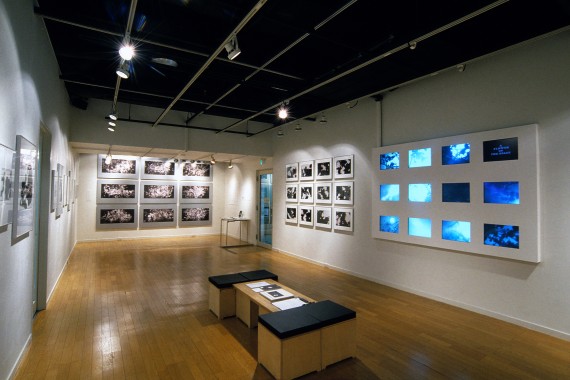
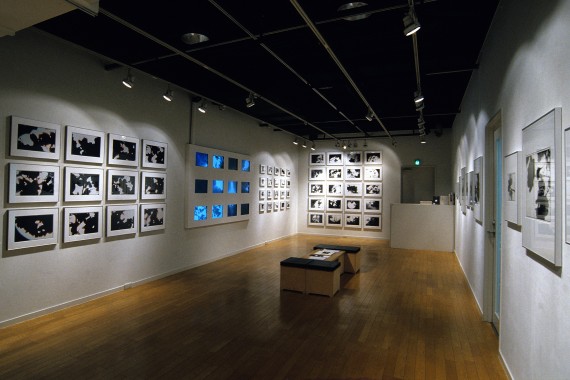

1969 Tatsumi Hijikata

1974 Adding a Hand to Scenery


1981 HORIZON

1981 HELIOGRAPHY

1982 OPTICAL LANDSCAPE

1983 THE SUN LONGING FOR THE SEA

1990 Cherry Tree

2001 Cherry Blossoms
Exhibition Profile
Venue 1: Creation Gallery G8
Exhibits will include Yamazaki’s “EARLY WORKS 1969-1974,” his most famous “HELIOGRAPHY,” “HORIZON,” “OPTICAL LANDSCAPE” and “CRITICAL LANDSCAPE.”
Venue 2: Guardian Garden
On display here will be Yamazaki’s “Cherry Tree” series, in four parts, which he has been photographing since early in his career. He uses various techniques he developed himself, using super-telephoto lens, outdoor photogram, toy camera, etc.
* Both galleries, in addition to the works on display, will also introduce videos relating to them.
Message from the Artist
Take Jan Dibbets, for example. He has a work titled “Dutch Mountain.” It horizontally connects numerous photos of the horizon, and the long and narrow photos connected horizontally form a picture that isn’t straight but rather curves, rises at the center, and falls. The first time I saw it, when I was young, I felt it was an “elegant concept” befitting the times.
I recently saw ”Dutch Light,” a video that discusses natural land features through Dutch artists. It drove home the fact that Dibbets is a Dutchman and that Dutch landscapes are truly flat. It struck me that Dibbets’ “mountain,” more than being a concept, is a “dream” born from Holland’s land features. Those features gave birth to the abstractions of Mondrian also. Could it be that we are now in an age when the “natural features” imprinted in our DNA concern us?
This comment has somehow veered from anything having to do with photography….
Hiroshi Yamazaki